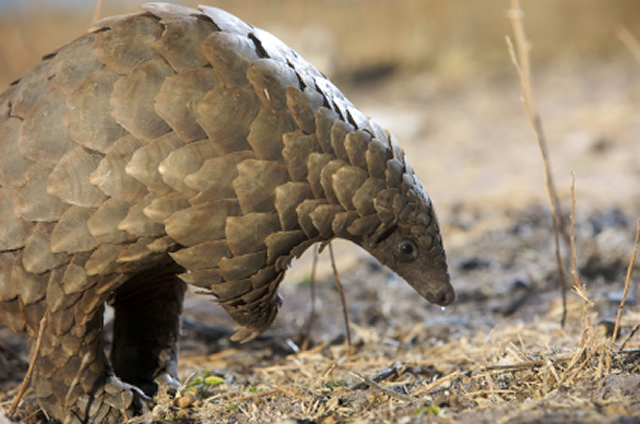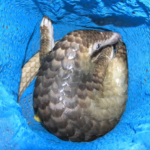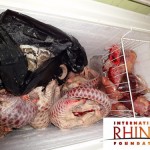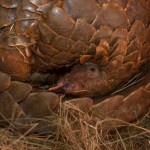If there’s anything you should know about the black market trade in these imperiled mammals, this is it.
With at least one pangolin being killed every hour of every day throughout their Asiatic range, this elusive creature has become the most commonly smuggled mammal in Southeast Asia. The extent of illegal pangolin trade is shocking and experts say the two most endangered species could go extinct within ten years, if current trends continue.
Here are eight things everyone needs know about the burgeoning black market pangolin trade.
- The demand for pangolins and their body parts stems almost exclusively from East and Southeast Asia, mainly from China and Vietnam.
- Pangolin flesh is consumed as a delicacy, while their scales, blood, and fetuses are used to make traditional Chinese medicines. These concoctions are used superstitiously to treat a number of health issues; for example, to reduce swelling, improve liver function, boost weight loss, stimulate blood circulation, increase fertility, and to enhance lactation in breast-feeding women. Stuffed pangolins are also sold as souvenirs and ornamental displays, and their skin and scales are sometimes used to make fashion accessories.
- There is no scientific evidence to support the medicinal claims surrounding the use of pangolin scales or body parts. In fact, the scales—which are one of the most sought after parts of the animal—are composed of keratin, the same protein that makes up our own hair and nails, horse hooves, and rhino horn. Scientific studies on rhino horn have repeatedly proven it to be void of any medicinal properties, which suggests the same is true of pangolin scales.
- All eight species of pangolin are currently listed on the Convention on International Trade in Endangered Species (CITES) Appendix II, which means only limited trade is permitted. However, a zero annual export quota has been established for all Asian species, which means no individuals of these four species can be exported from any country in the world. Many countries have also established legislation to further protect these animals from poaching.
- Pangolins do not survive well in captivity, which means essentially all of these animals in the illegal trade have been sourced from the wild. This has devastating impacts for remaining populations.
- As with most illegal wildlife trade, organized crime syndicates have commercialized the exploitation of these animals and are the largest suppliers of this black market industry. As pangolins are fairly slow in reproduction, they are being harvested at rates far above that at which they are capable of replenishing their populations.
- All four Asian species are threatened with extinction. The Chinese and Sunda pangolins are listed as endangered, while the Indian and Malayan species are both classified as ‘Near Threatened’.
- There are, currently, no reliable estimates for population sizes, as their elusive, nocturnal nature challenges researchers’ ability to study them in their habitat. Basically, we have no firm idea of how many may remain in the wild, meaning the most endangered species may be perilously close to extinction.
Author: Sarah Pappin. Read more about Sarah here.
Article adapted from “Pangolins Poached at Rate of at Least One Per Hour in 2011” by Sarah Pappin, originally published 07/22/2011 on BushWarriors.org
Image: © iStockphoto.com






![Indonesia: Pangolin Smugglers Doing Their Dirty Work [Photos]](http://pangolins.org/wp-content/uploads/2015/08/WorldPangolinDay2013-01-copy-150x150.jpg)
1 Comment
Comments are closed.